Olympic Spirit
The Joy Taekwondo Club is a school of martial arts in Beijing, teaching young classes in the art of Taekwondo. Started by Wu Jingyu, a two-time Olympic gold medalist, the school aims to inspire the younger generation and instill the Olympic spirit.
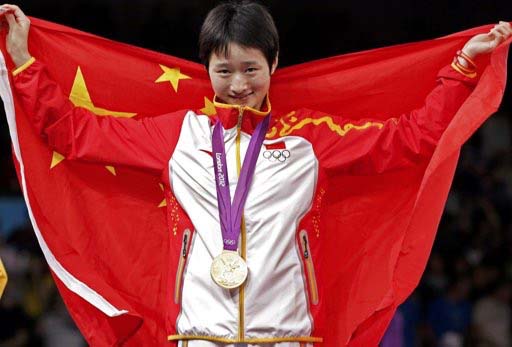
Wu Jingyu, winning gold at the London 2012 olympics
Olympic Champion
Two-time Olympic gold medallist, Wu Jingyu approach us to help her design a Taekwondo studio for the youth. Winning gold in the sub-49kg category in both the Beijing 2008 and London 2012 Olympics, she wanted to inspire a younger generation and instill the Olympic spirit.

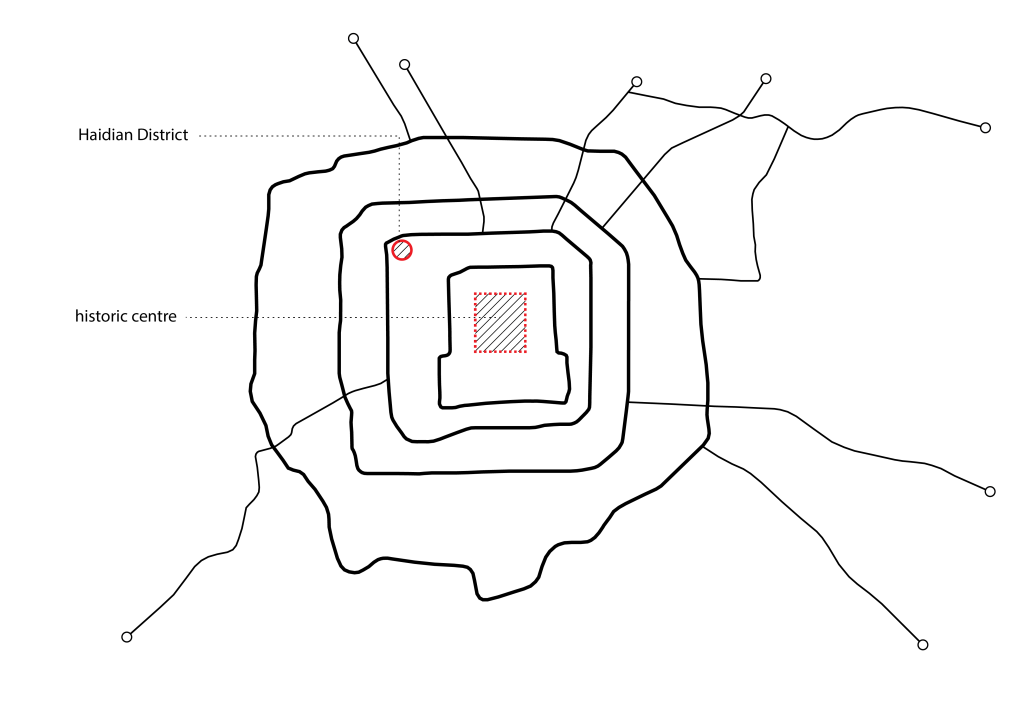
Beijing site locality
Location
The Taekwondo school is situated in the Haidian district, toward the north-west of Beijing, and forms part of the rich culture of education which the area of the city is known for.
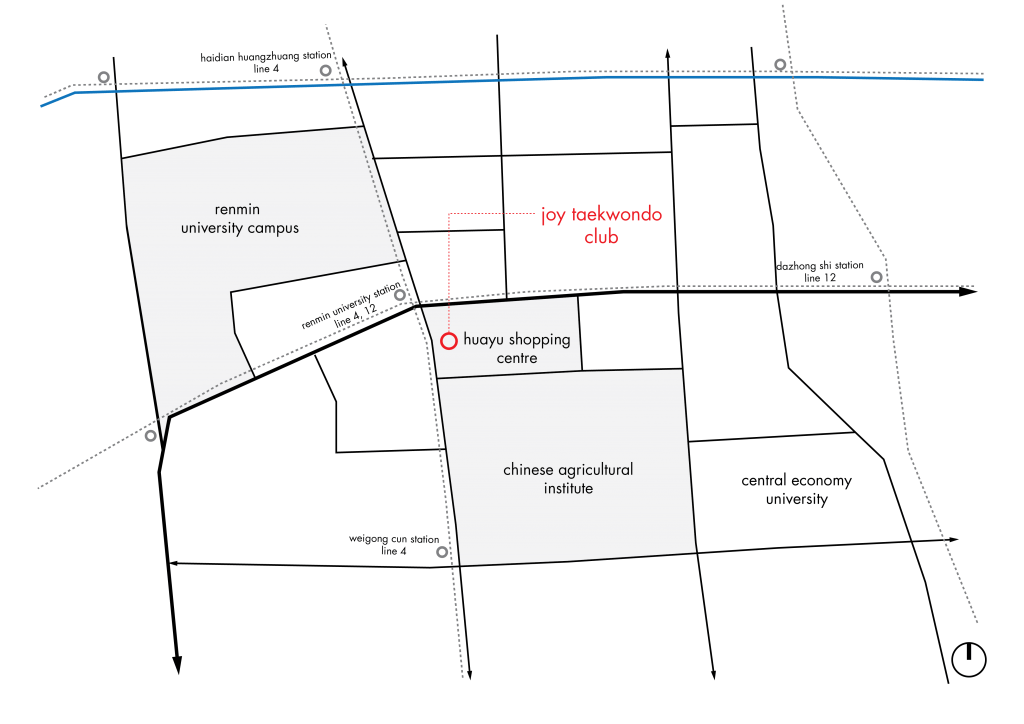
Neighborhood site locality
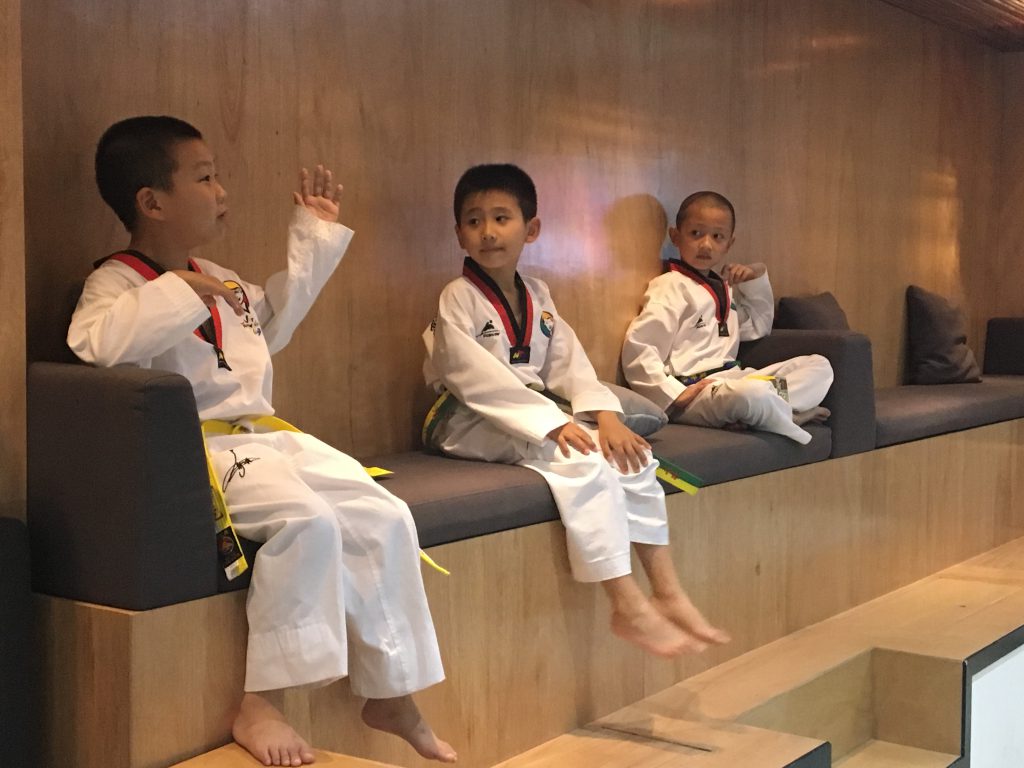
Rest and lounge areas just next to the classroom space
Taekwondo Spirit
We aimed to represent the core values of Taekwondo into the space of the school. The classrooms and informal spaces around the school aim to foster a sense of togetherness for the students.
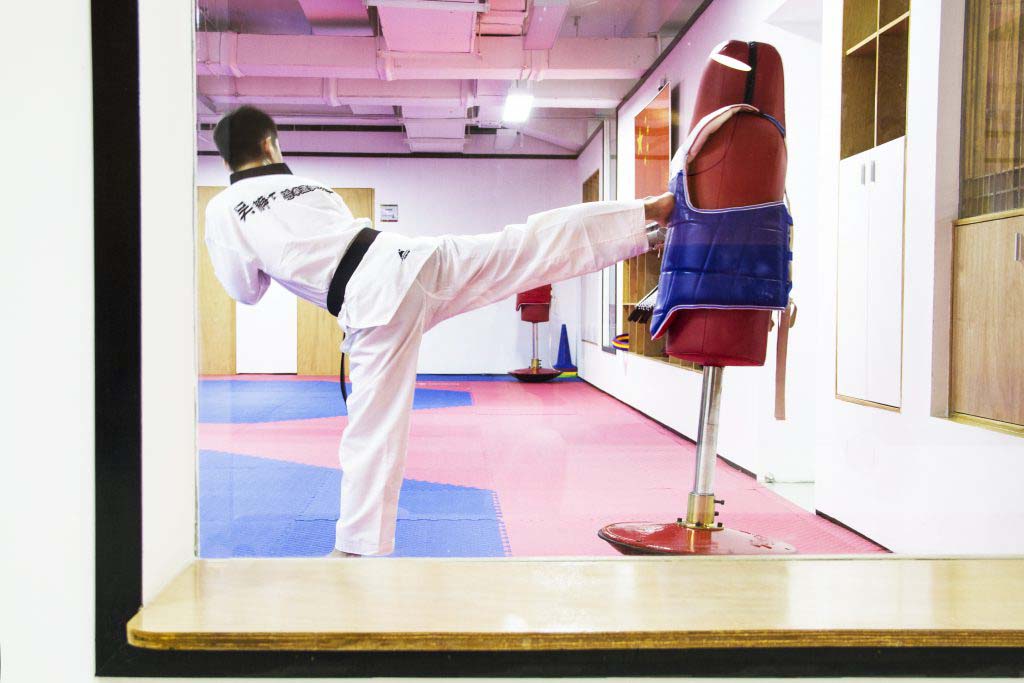
The class space during training
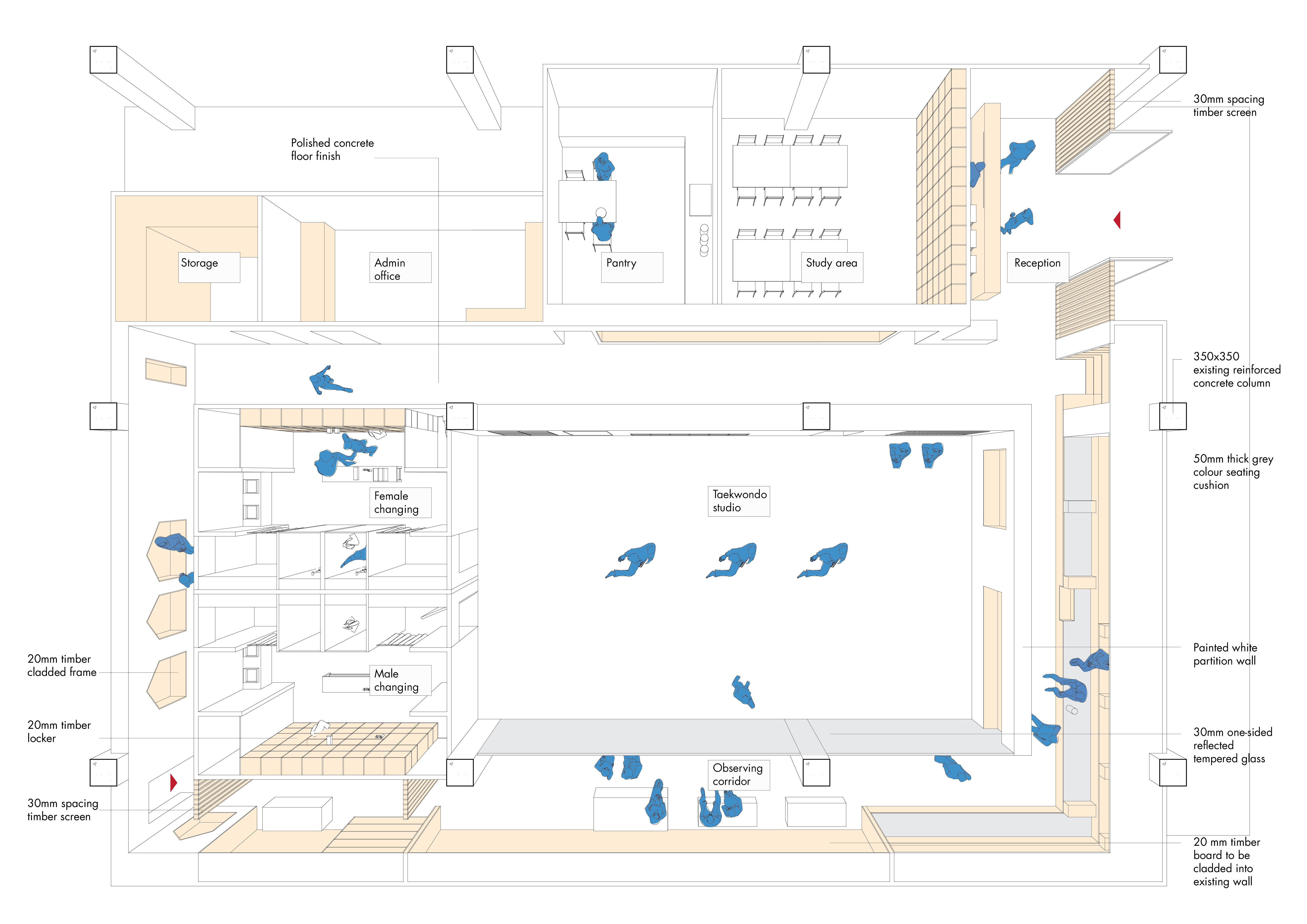
Carpark to Olympic Classroom
Land prices are incredibly high in Beijing, and so for this school we were given the challenge of converting an existing underground carpark into a school for Taekwondo.
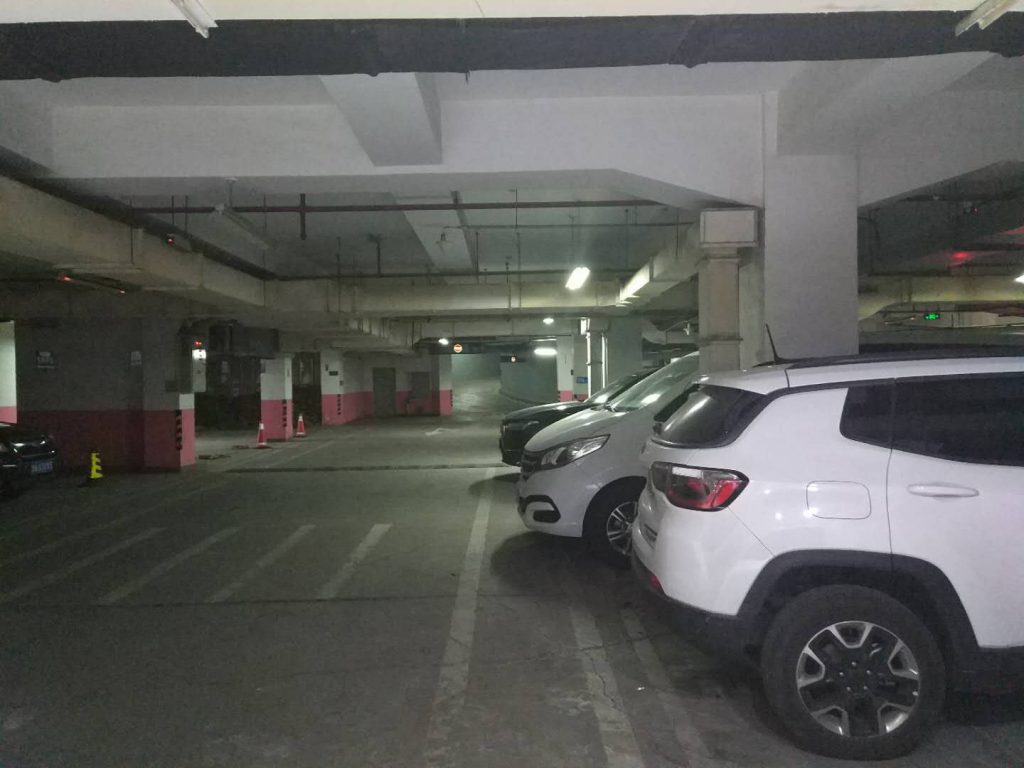
The car park pre-conversion to a taekwondo club
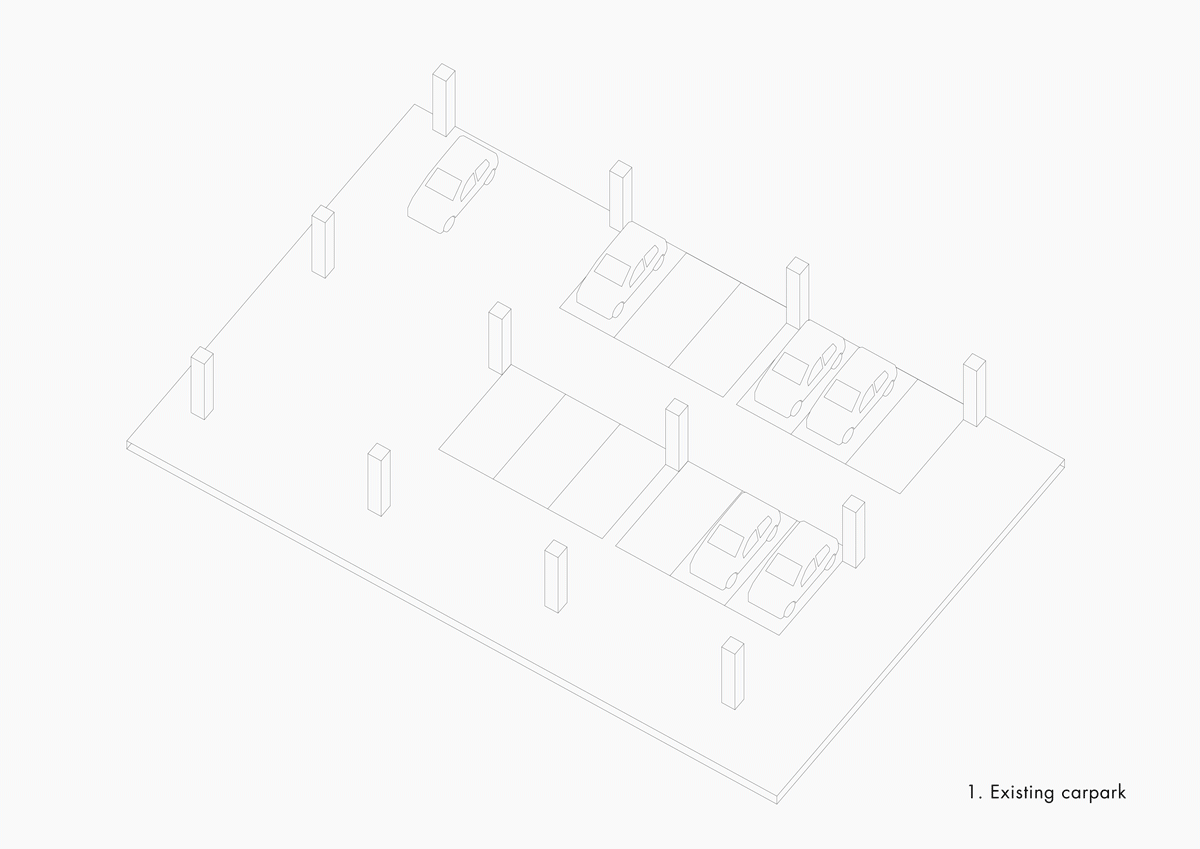
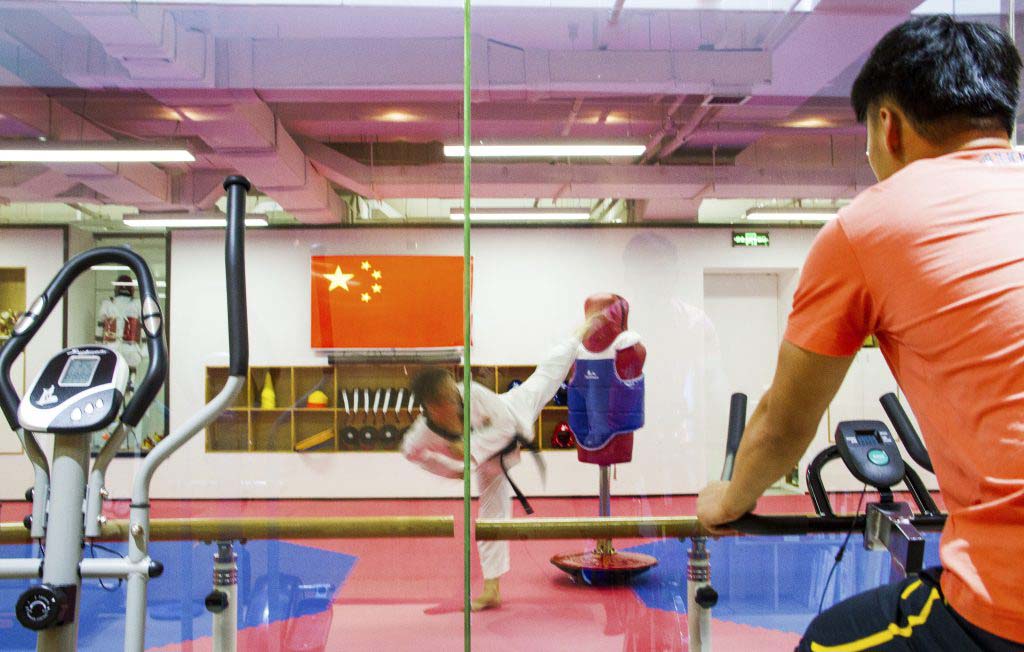
From the gym, looking into the dojo
Emphasis on social as well as education space.
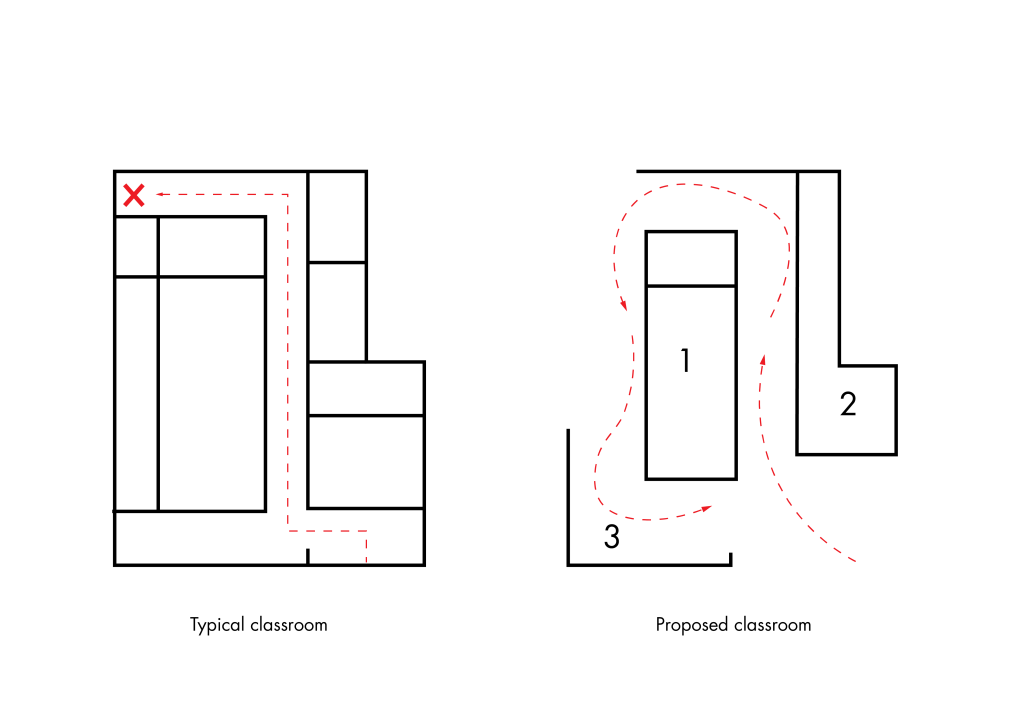
Typical vs. proposed circulation
Spatial Fluidity
Opposed to a traditional arrangement of spaces, we centered the main function of the school; the classroom, and creating a fluid space around it, with flexible spaces, exhibits and viewpoints all along the route.

Entrance space with seating and places to watch the taekwondo classes
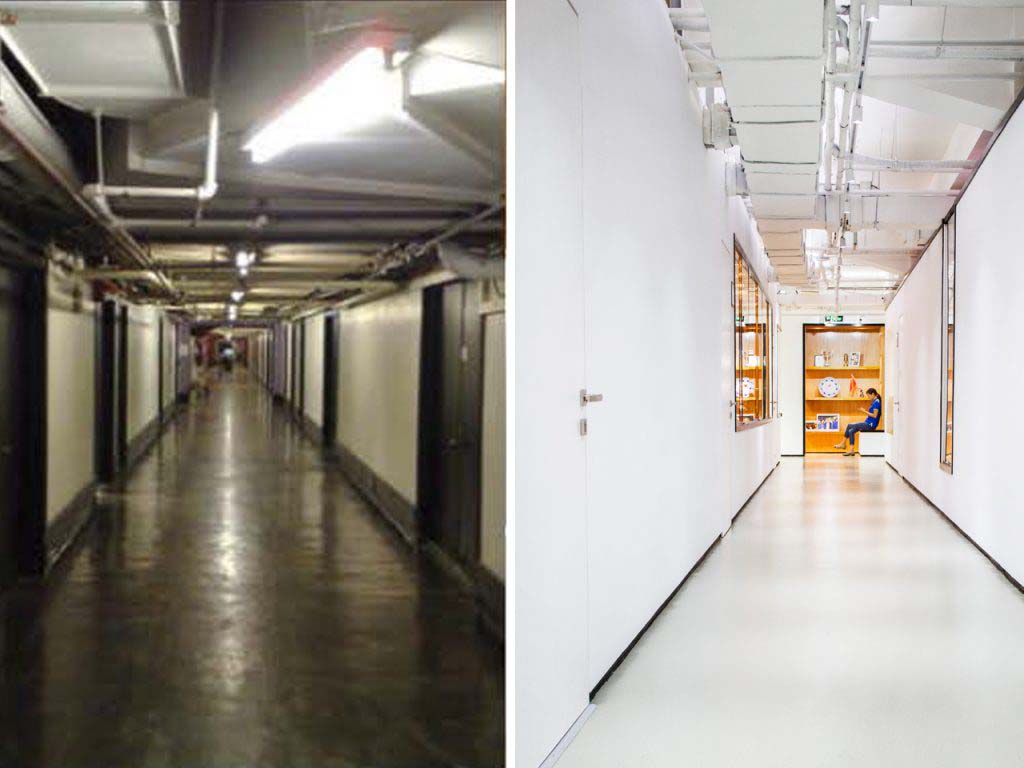
Normal dark corridor vs. light filled continuous circulation route
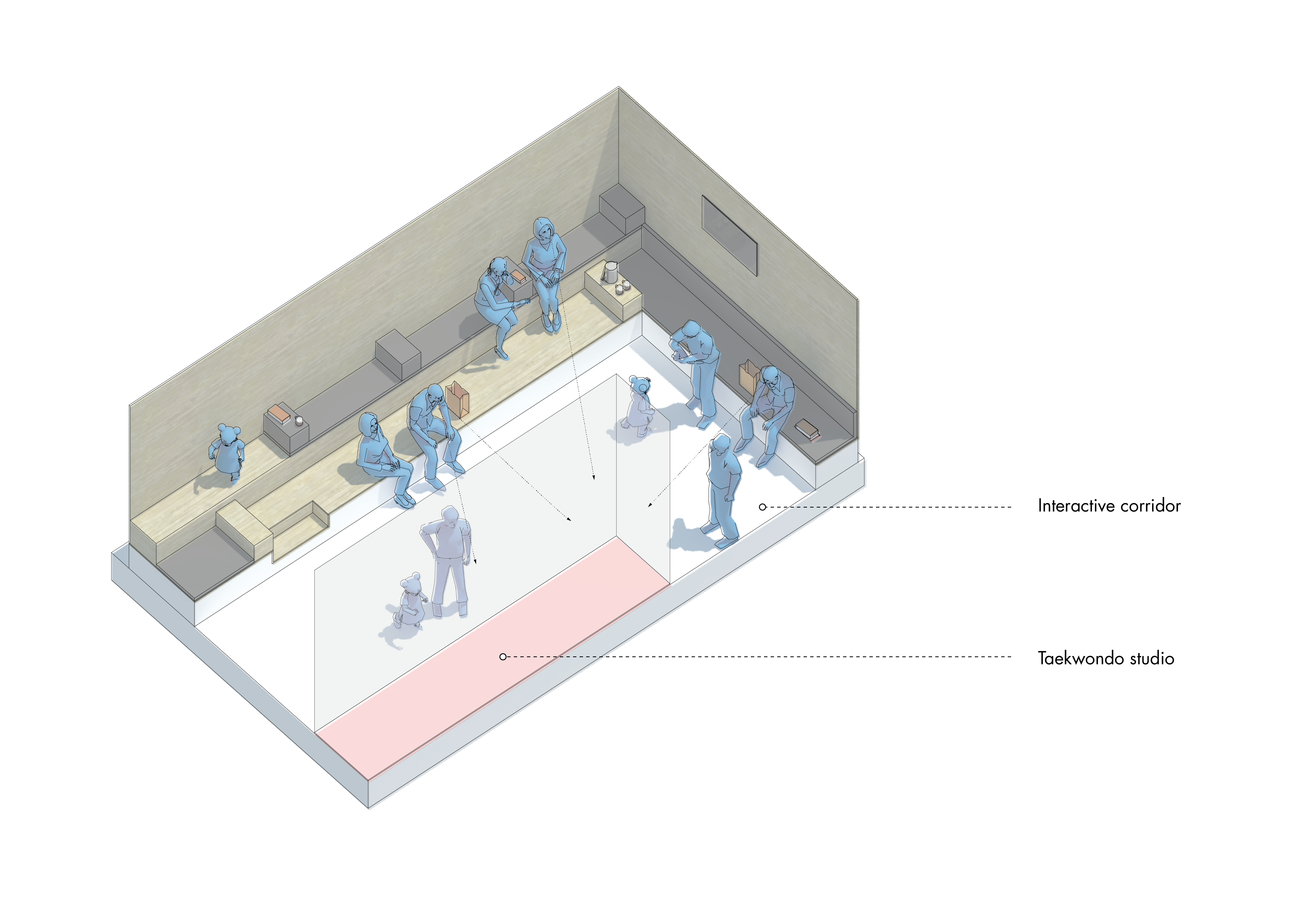
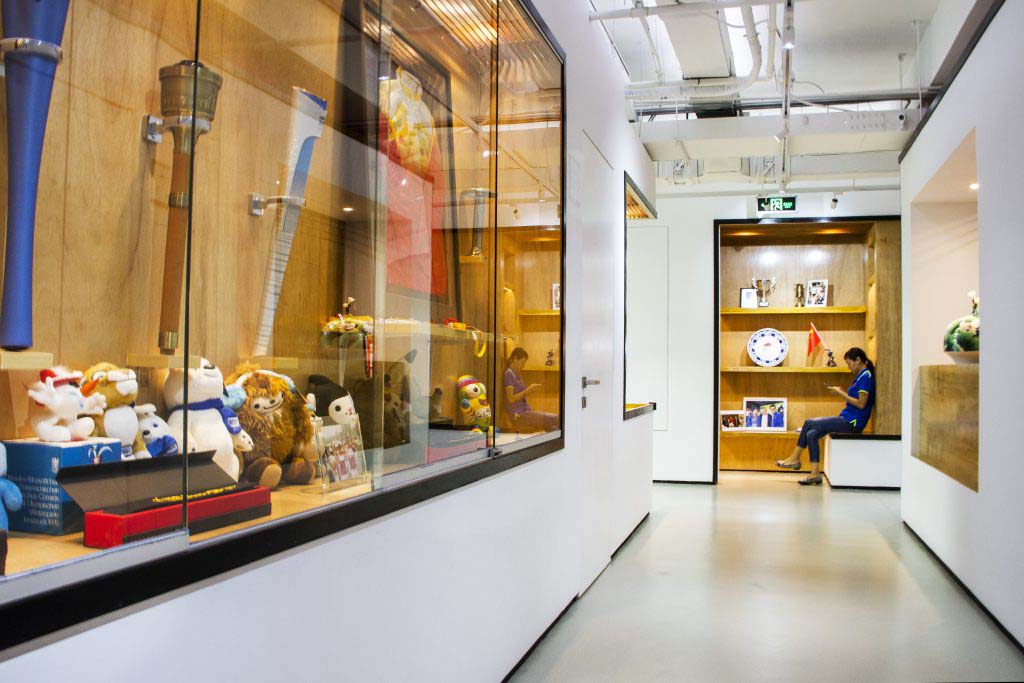
Olympic displays
Olympic Museum
The Olympic spirit in the school is physically represented by the large exhibition of Olympic memorabilia inside the school, from Olympic torches, to uniforms, to medals.
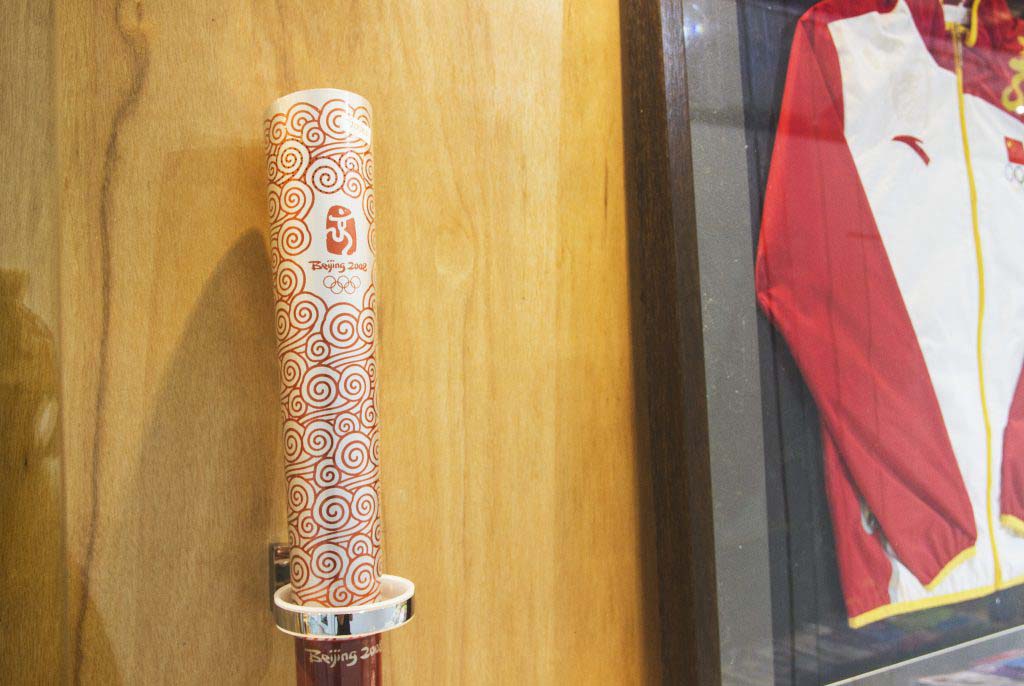
Beijing 2008 olympic torch on display

Museum displays along the continuous circulation route
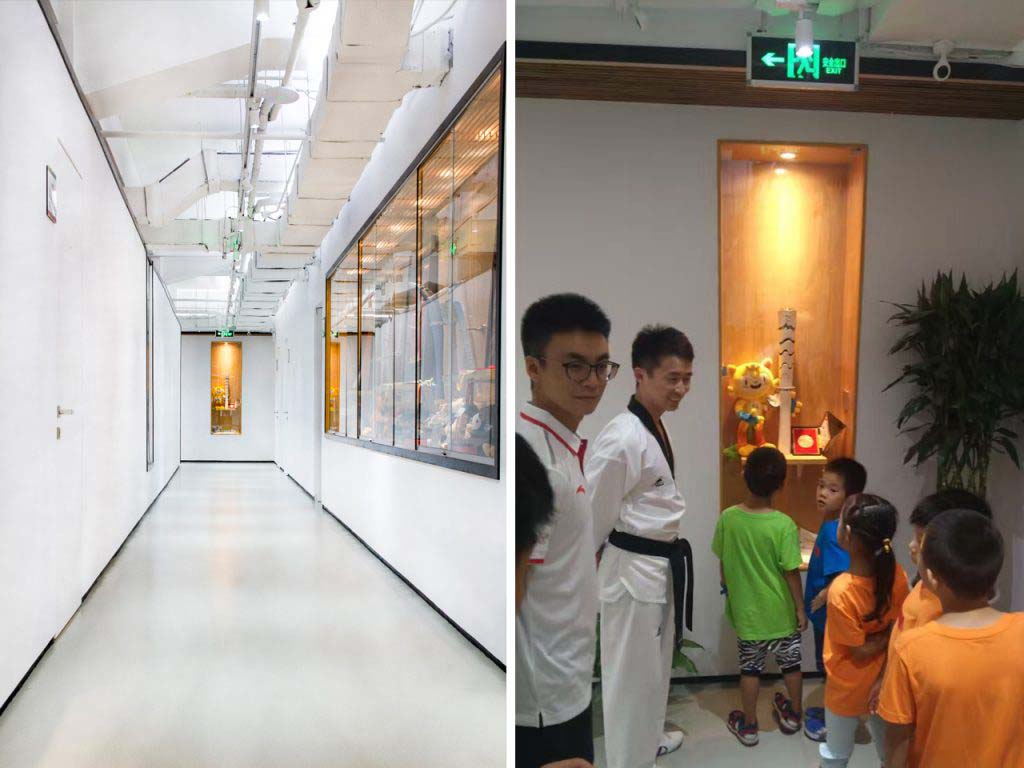
Trainers showing the olympic gallery to young members
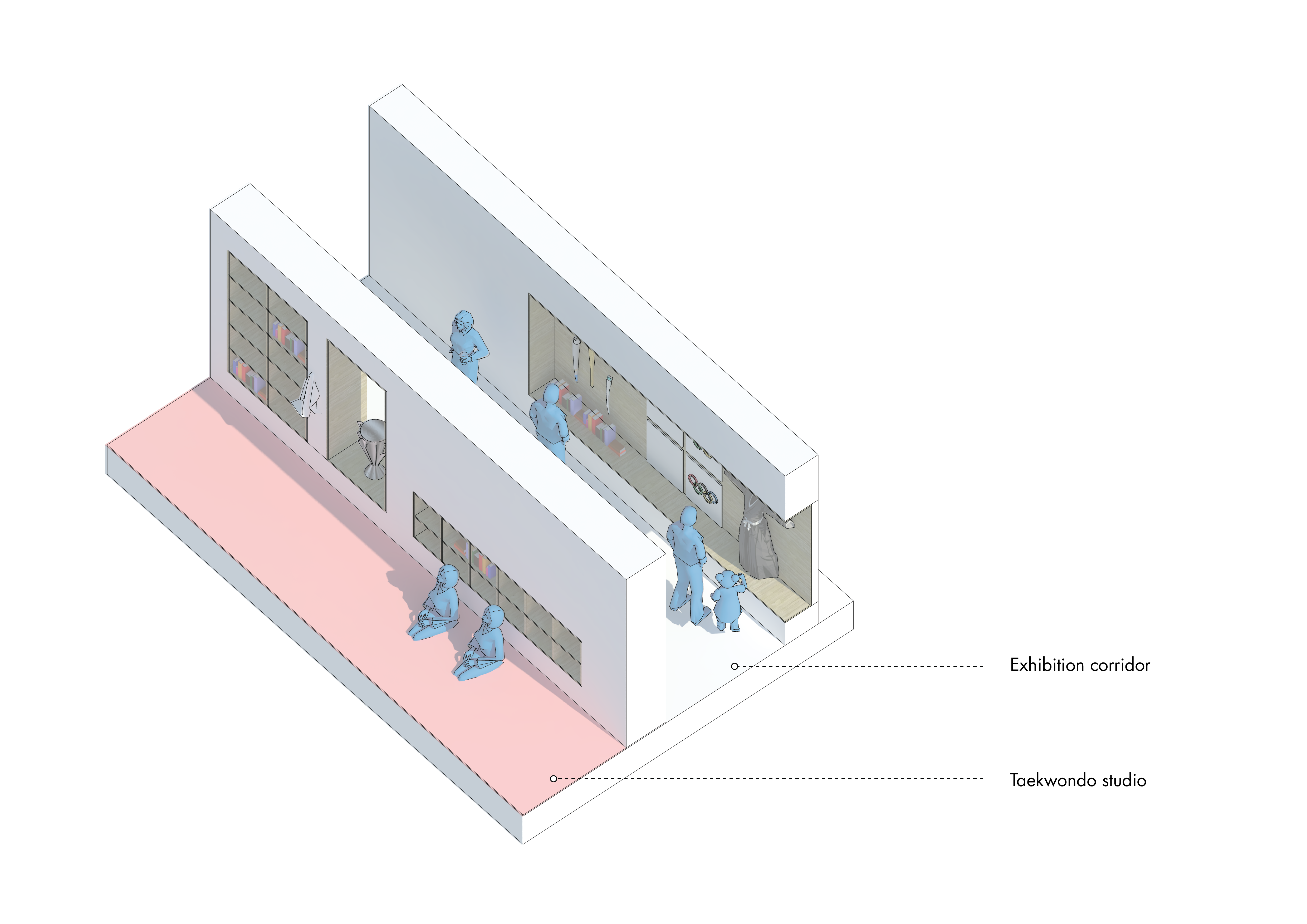
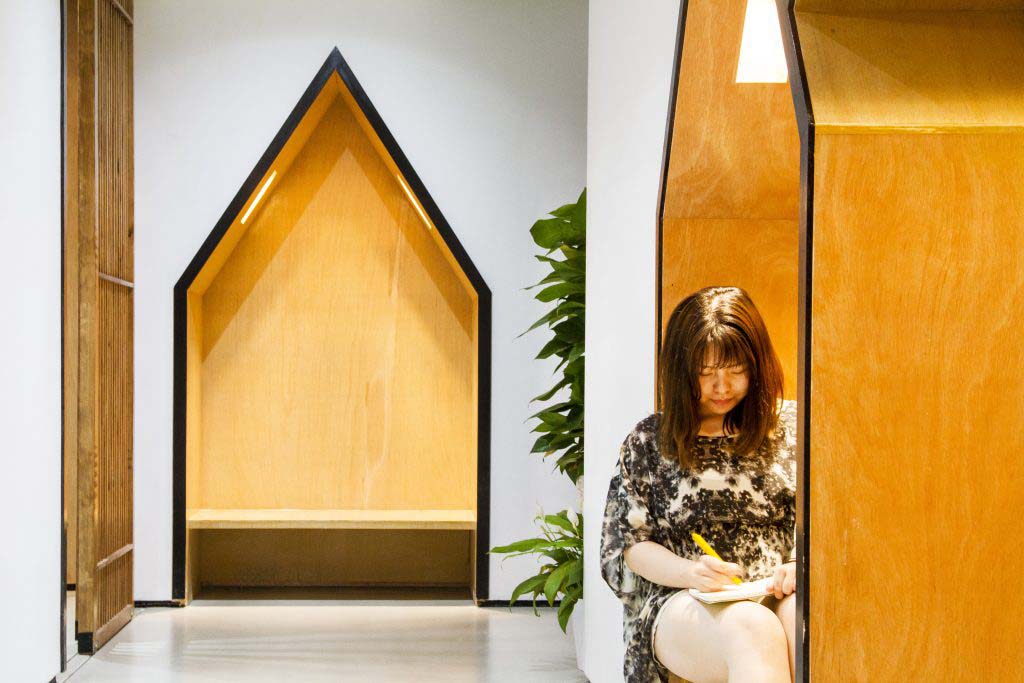
Cosy seating corners along the circulation route
Interactive Space
The informal spaces outside the classroom are just as important as the formal class, so we paid a lot of attention to the secondary spaces as areas for the students to hang out together.
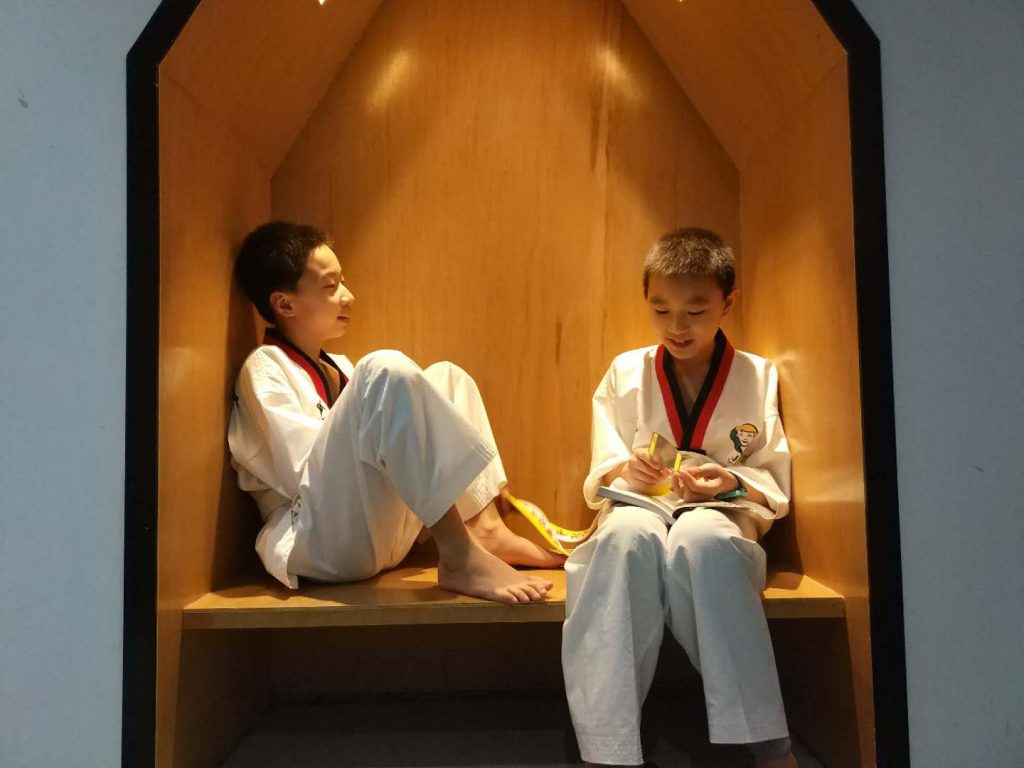
Kids taking a break before their taekwondo class
An Experience for Parents & Kids
In China, parents are very involved in the early development of their kids, and so we created the classrooms to be able to be viewed from the outside, while the kids are practicing inside.
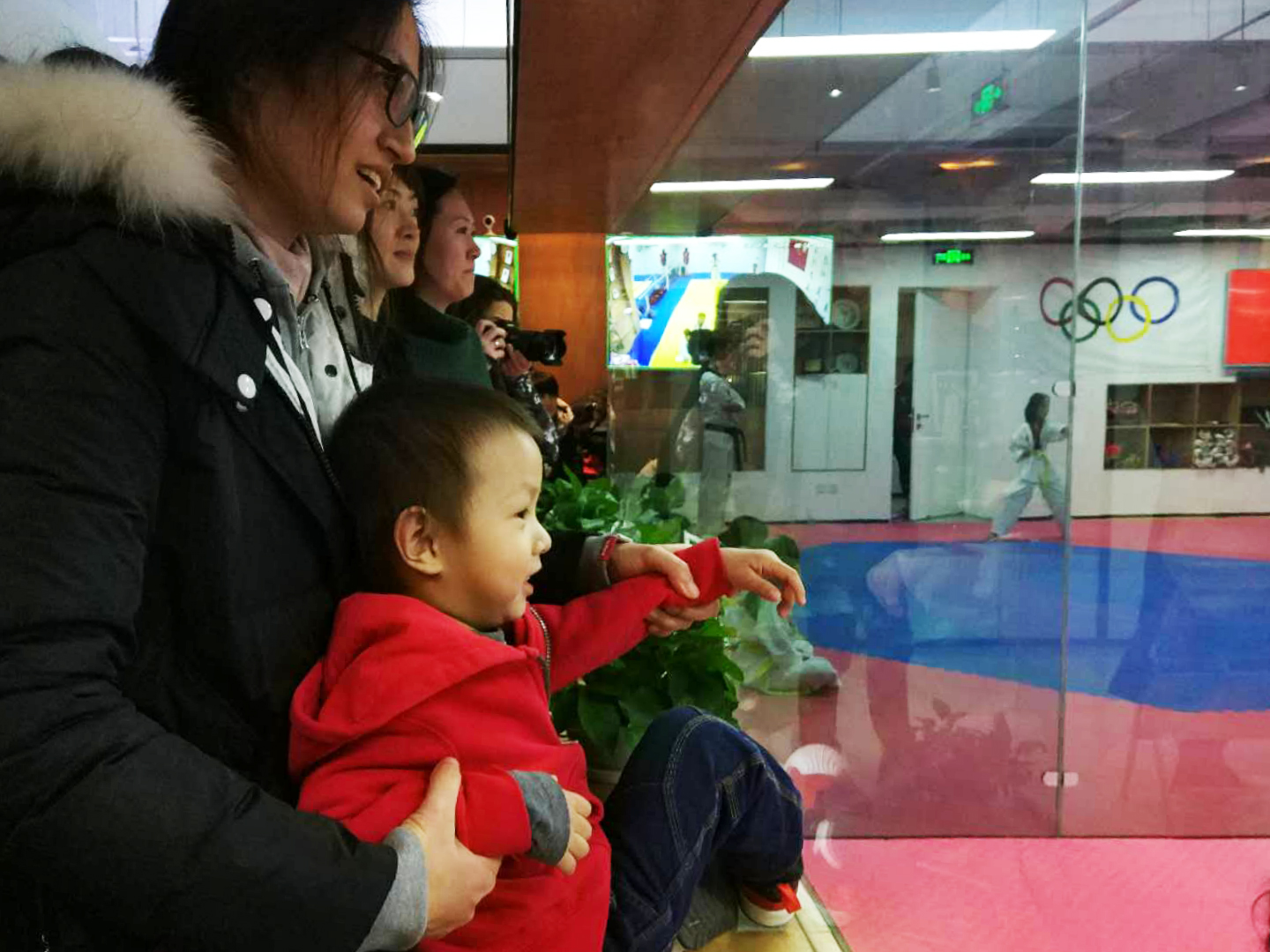
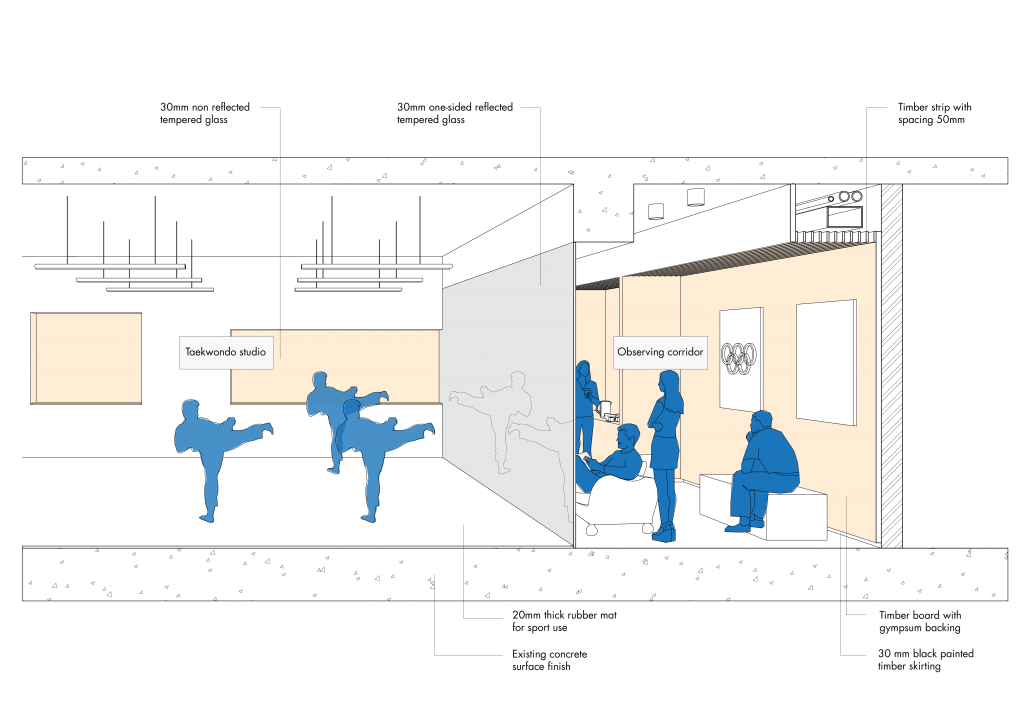
Perspective section showing the one-way mirrored glass wall
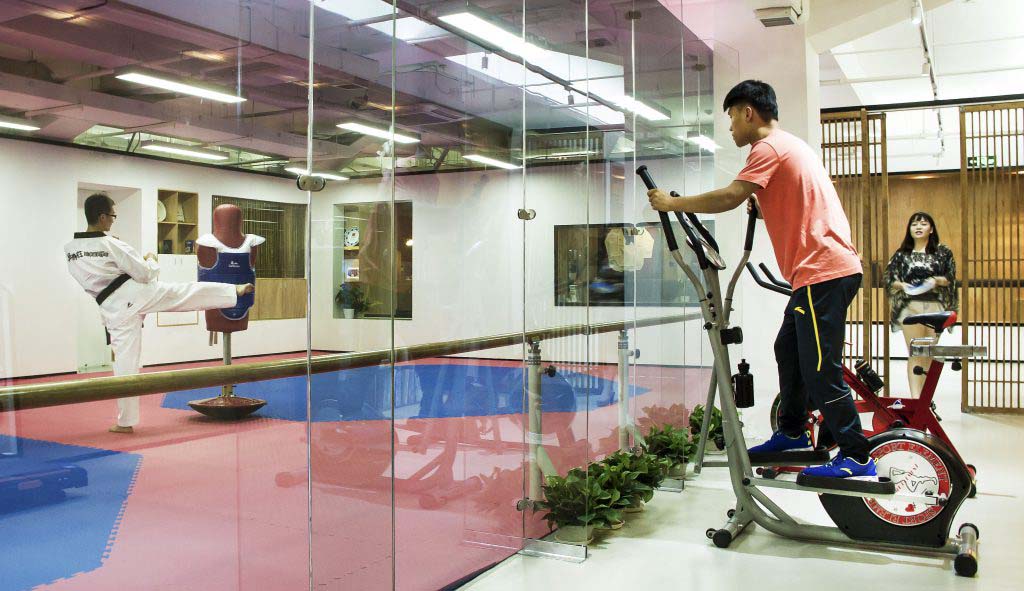
Training in the gym, looking into the dojo
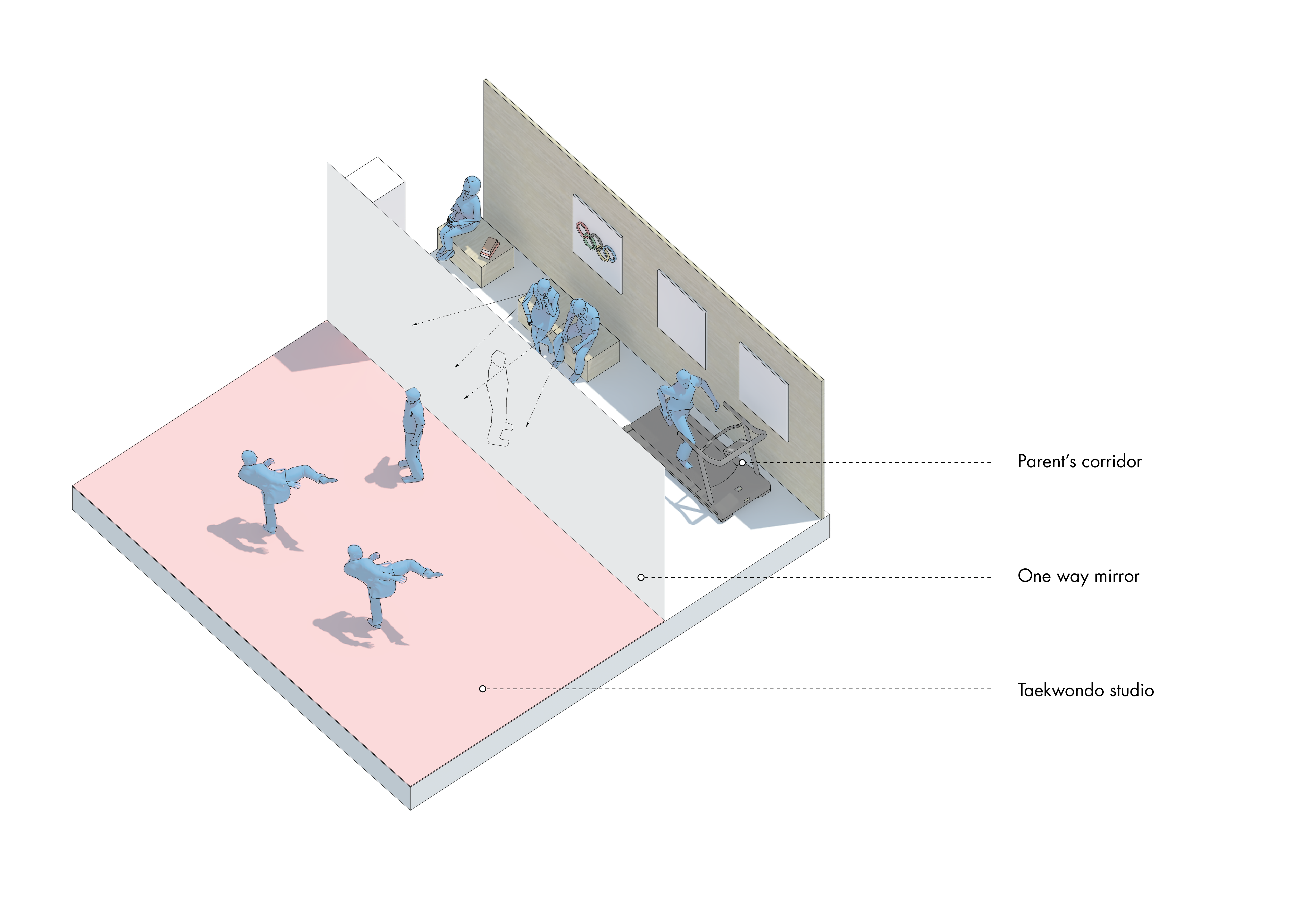
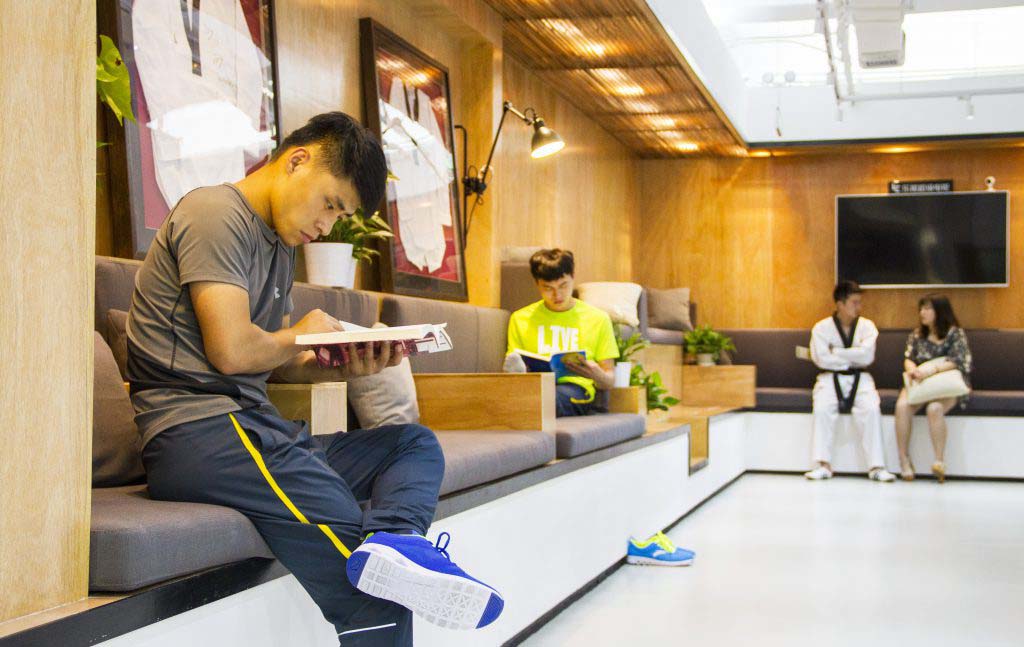
Lounge areas just next to the classroom

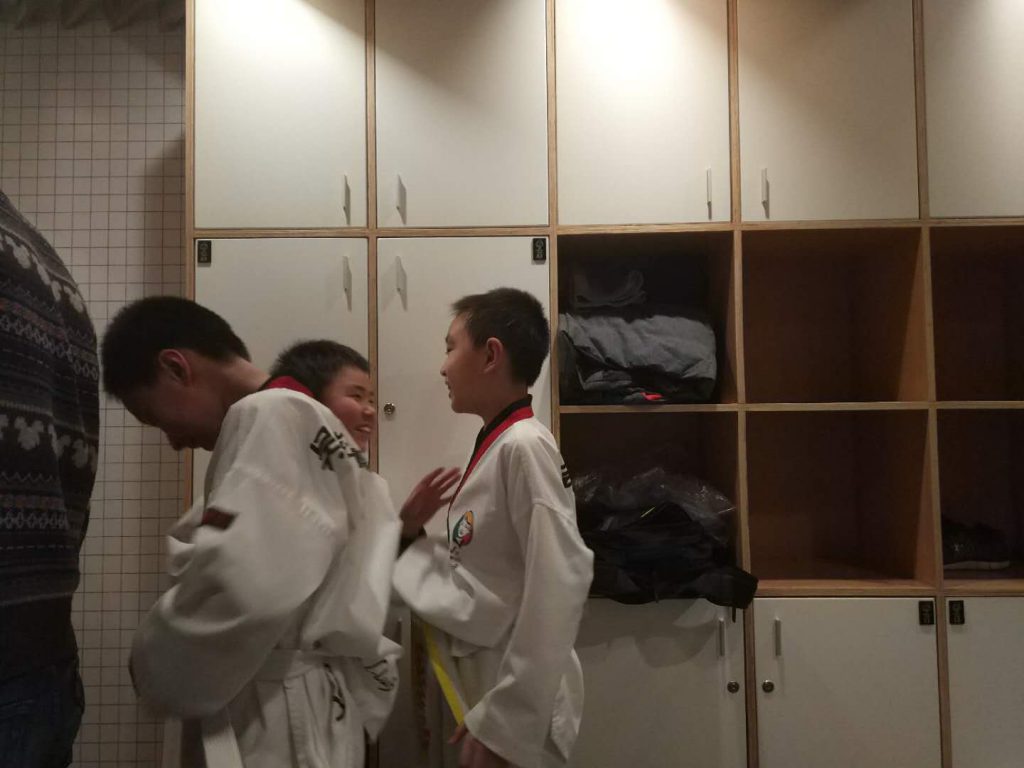
Kids chatting after class in the changeroom
Changeroom as Social Space
As part of the overall education, the changing room space is important as it provides a chance for the kids to be independent, and to socialize with their classmates in a more informal setting away from coaches and parents.
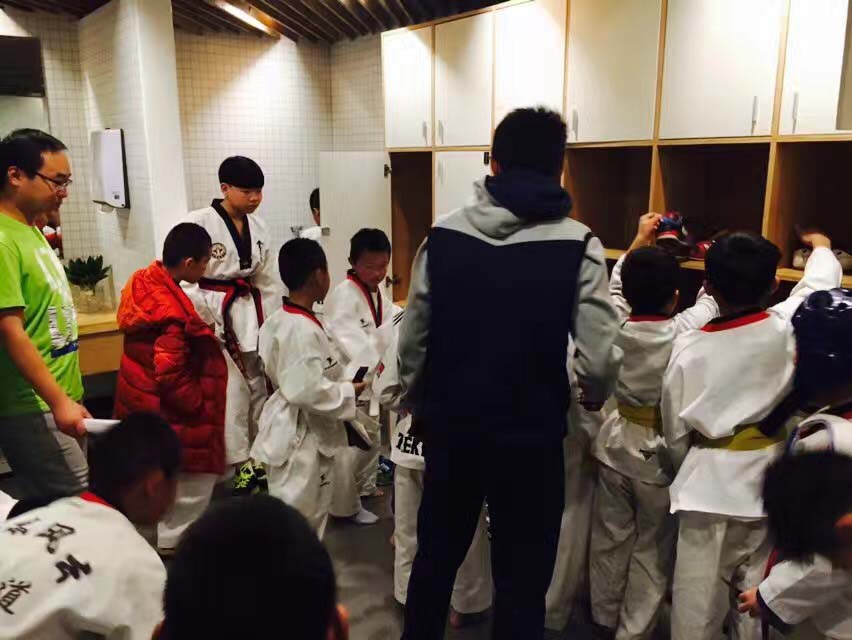
Changing rooms as social space

Changing room perspective plan
Communicating Spirit
The space is designed to inspire future generations of young martial artists to pursue their dreams, and we hope that our architecture helps to facilitate the transfer of this spirit from one generation to the next.
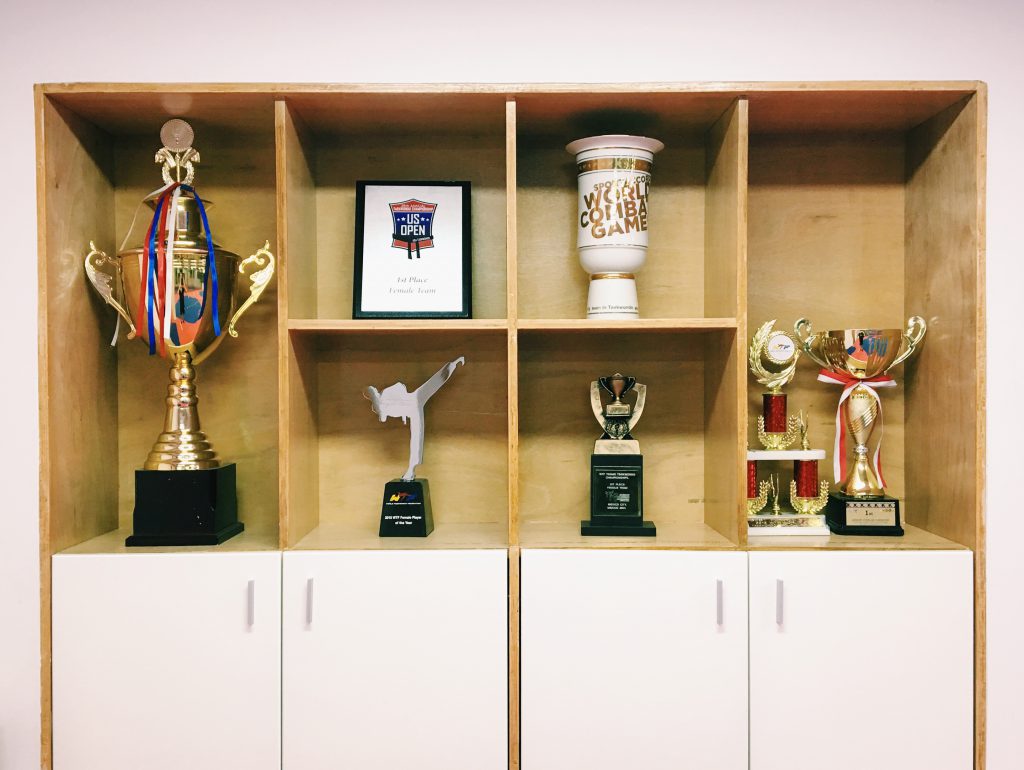
Some of Wu Jingyu’s accomplishments
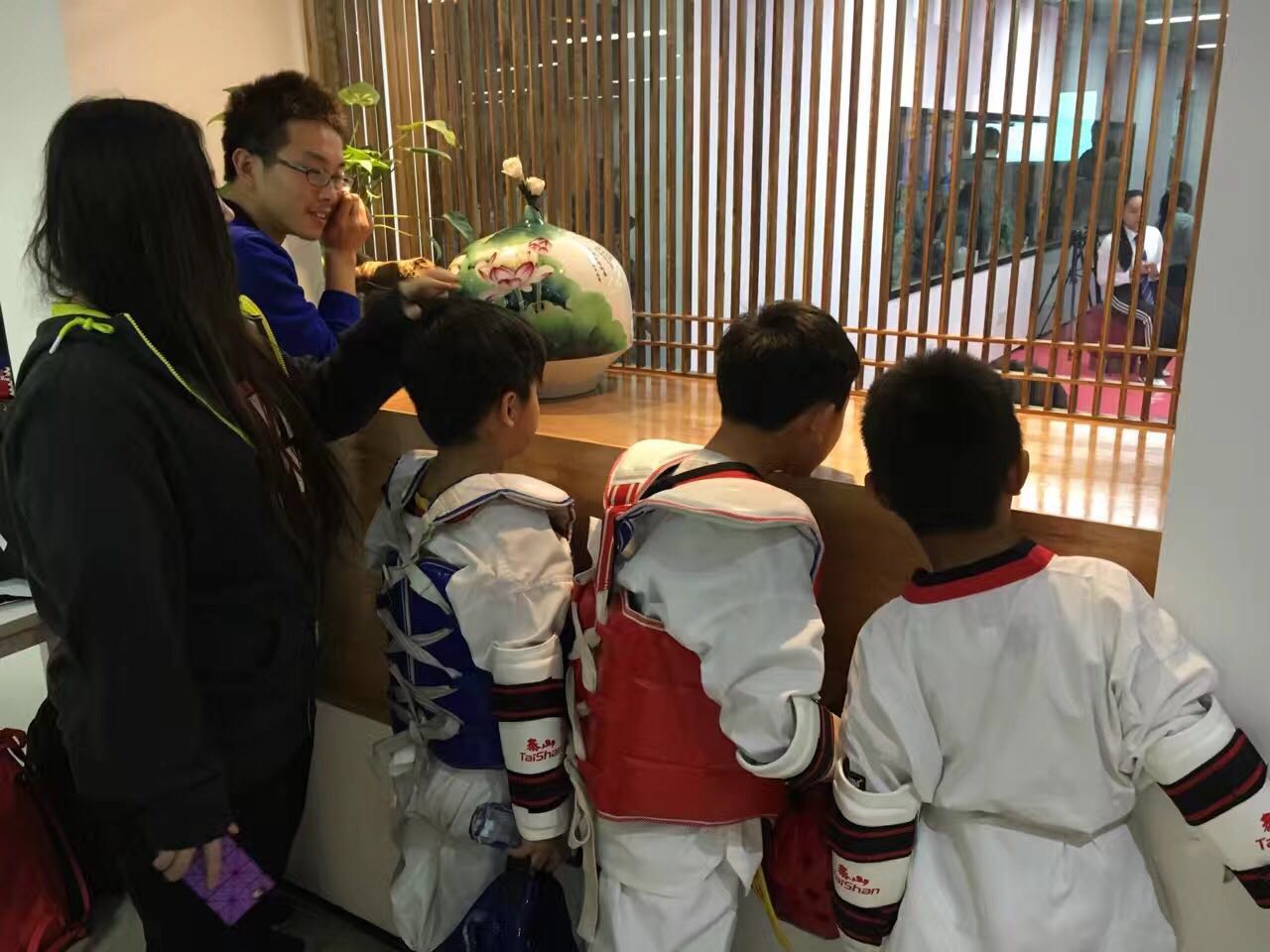
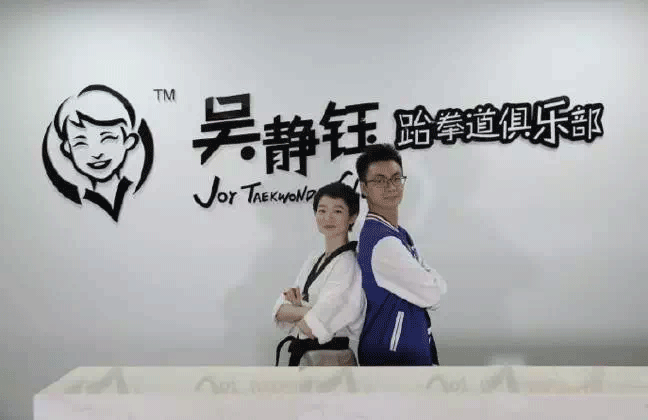
Wu Jingyu and her husband, Houkun
Joy Taekwondo Club
The Joy Taekwondo Club is now proud to call their space the home of the Olympic Spirit in Beijing.
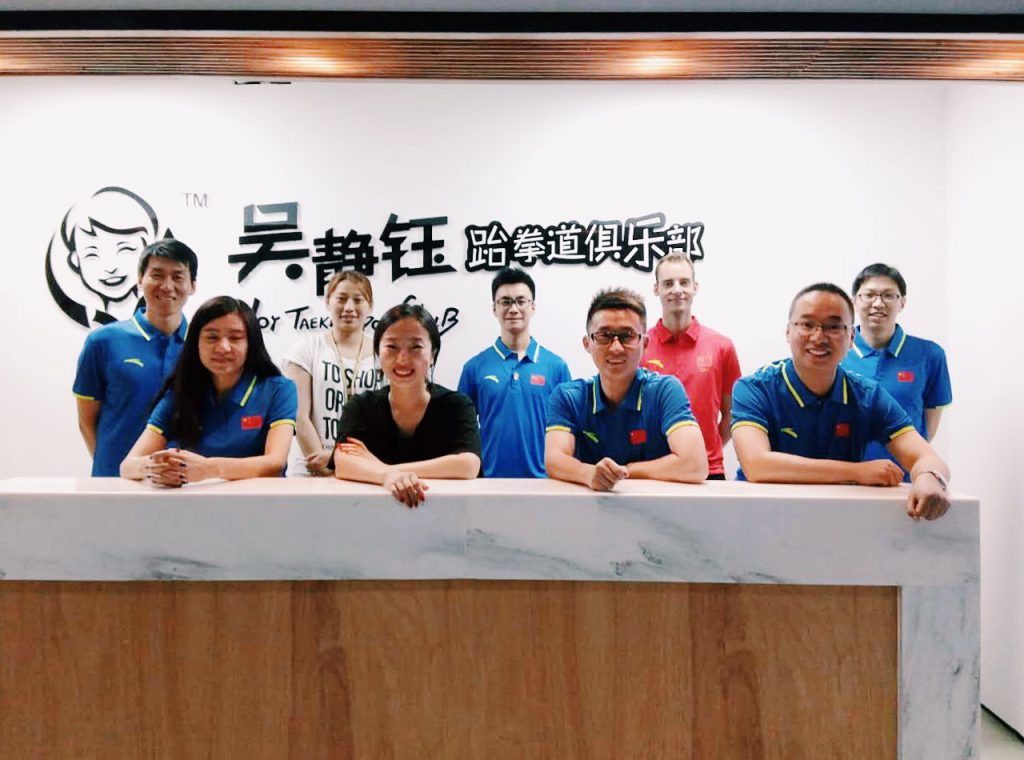
The Joy Taekwondo Club team
Team: Martijn de Geus, Li Le, Han Zhang
Client: Joy Taekwondo Club
Project Year: 2016
Location: Beijing, China
